In the bustling marketplace, your brand must stand out like a lighthouse at night. But how do you achieve that iconic status? The answer lies in understanding and effectively utilizing branding elements: the unique building blocks that shape your brand’s personality and resonate with your audience.
Think of brand elements as the ingredients in a delicious recipe. Each one, from the vibrant spices to the comforting base, contributes to the overall flavor and experience. Similarly, when carefully chosen and combined, each element tells a captivating story about your brand, leaving a lasting impression on consumers.
So, before we dive into the specific elements, let’s understand why they’re essential.
What Are Branding Elements and Why Use Them?
Forget fading into a blur of brands! In today’s crowded marketplace, you need to spark instant recognition like a fireworks finale. In addition, that’s where brand elements come in – the colors, fonts, and voices that whisper your story and ignite a “whoa, that’s them!” moment in every encounter.
Most importantly, Think of branding elements as your red-carpet runway. Every detail, from your logo’s confident stride to your tagline’s upbeat rhythm, builds trust and tells the world what makes you special. No beige allowed! Craft elements that dance with passion, leaving echoes long after the first meeting.
In the brand symphony, consistency is the key to a melody that lingers in hearts, not just ears. Ditch the one-hit wonder routine and compose a brand that wins repeatedly. So, let’s turn fleeting sparks into lasting connections.
Additionally, this guide will review the elements you should include in your brand strategy and a book to help you optimize your brand’s presentation across touchpoints. Now, let’s explore the basic terminology necessary to understand your brand. However, a brand strategy lays the foundation for your branding, from identifying your optimal brand positioning to defining your unique and authentic brand persona.
Branding Elements To Include In Your Brand Book
After defining the intangible aspects of brand strategy, it is time to figure out how to represent your identity visually. Most importantly, your distinctive branded elements will help to raise brand awareness and communicate who you are as an organization. Also, these consumer-facing elements are critical to how your prospects remember and perceive your brand.
Here are eighteen essential elements of a brand strategy:

Brand Foundations: Imagine your brand as a magnificent oak tree. Its towering height and weathered bark tell a story of resilience and growth. Similarly, your Brand Foundations are the hidden roots, anchoring your brand and providing stability. They’re the invisible forces that guide your actions and decisions, ensuring consistency and clarity throughout your brand’s journey.

Brand Vision: This is your North Star, your aspirational statement that envisions the future you want to create. It’s not just about selling products; it’s about positively impacting the world. Then, ask yourself: what do you want your brand to be known for in 10 or 20 years? What legacy do you want to leave behind?

Mission Statement: This is your daily compass, outlining how you’ll achieve your vision. It defines your purpose and clarifies your value proposition to your target audience. What problem do you solve? So, how do you make people’s lives better? These are the most essential branding elements nowadays.
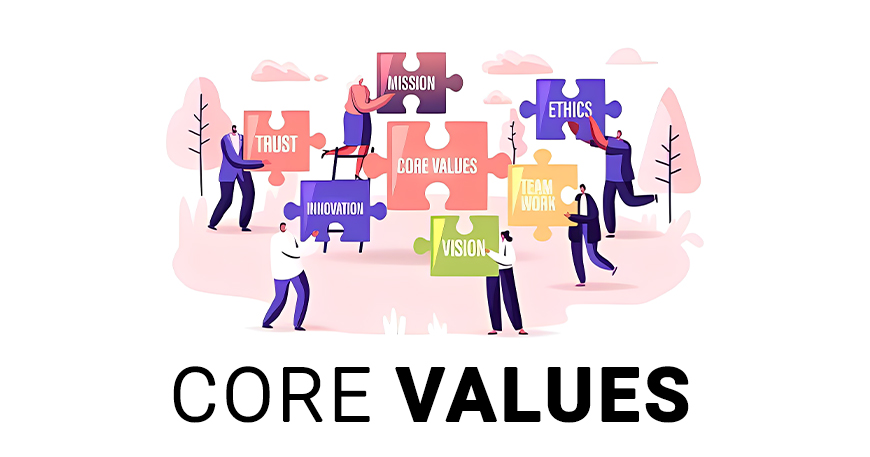
Core Values: These are the unwavering principles that guide your every decision. They form the heart and soul of your brand, influencing your interactions with customers, employees, and partners. So, what are the fundamental beliefs that drive your organization? Integrity, innovation, sustainability? Clearly define your core values and ensure they permeate every aspect of your brand experience.
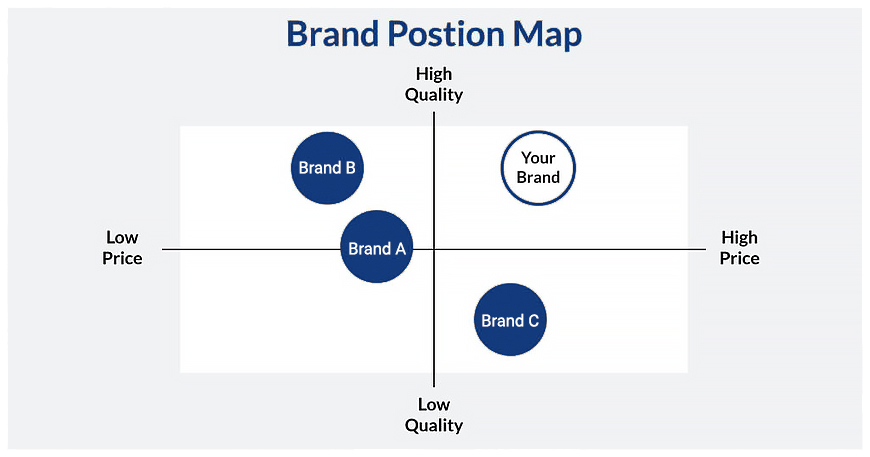
Positioning: Carve your niche in the market. Clearly define who you are, who you serve, and what makes you unique compared to your competitors. This strategic positioning ensures your message resonates with the right audience and avoids generic blandness.
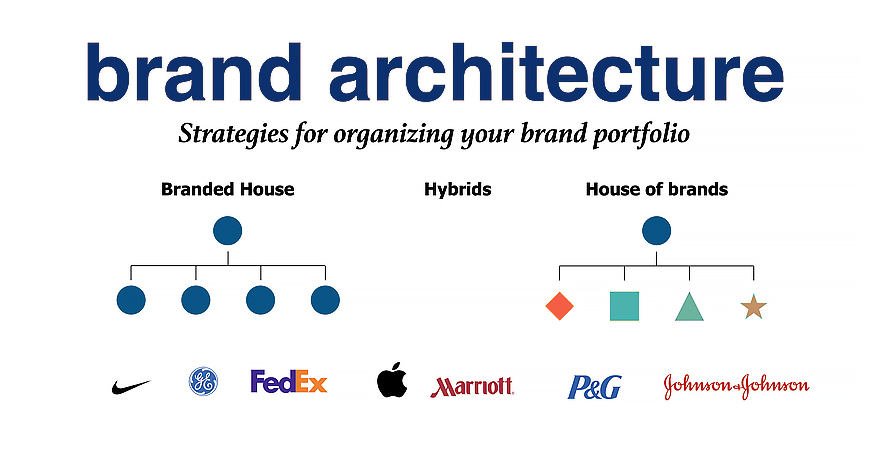
Brand Architecture: Organize your brand portfolio for clarity and effectiveness. This includes structuring sub-brands, product lines, and brand extensions under a unifying umbrella, ensuring consistency and avoiding brand confusion.

Persona: Forget demographics; let’s talk about archetypes. Your persona isn’t just a faceless consumer; it’s a real, breathing user with goals, challenges, and quirks. Think of them as the hero of your brand story, someone you can tailor your software and communication to. Are they the data-driven analyst seeking insights? Additionally, the creative freelancer juggling multiple campaigns? The growth-hungry entrepreneur aiming for the moon? Defining your persona helps you speak their language, address their unique pain points, and build genuine rapport.

Voice: This is where your brand truly comes alive. Your voice is more than words; your personality shines through every interaction, from website copy to customer support emails. Is it authoritative and data-driven, like a trusted advisor? Or maybe warm and approachable, like a helpful friend? Also, define your voice tone and style guide to ensure consistency across all touchpoints.
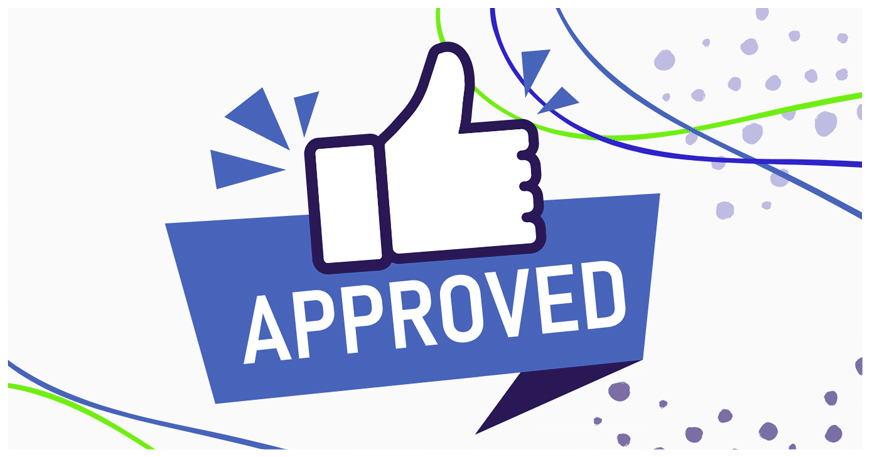
Approved Messaging: With a clear persona and a distinct voice, it’s time to craft your message. What story do you want to tell? What unique value proposition sets your software apart? Develop a set of core messages that resonate with your audience’s needs and aspirations. These messages should be concise, memorable, and easily adaptable to different marketing channels. Think of them as the elevator pitch for your software, the catchy line that instantly sparks intrigue and drives users to learn more.
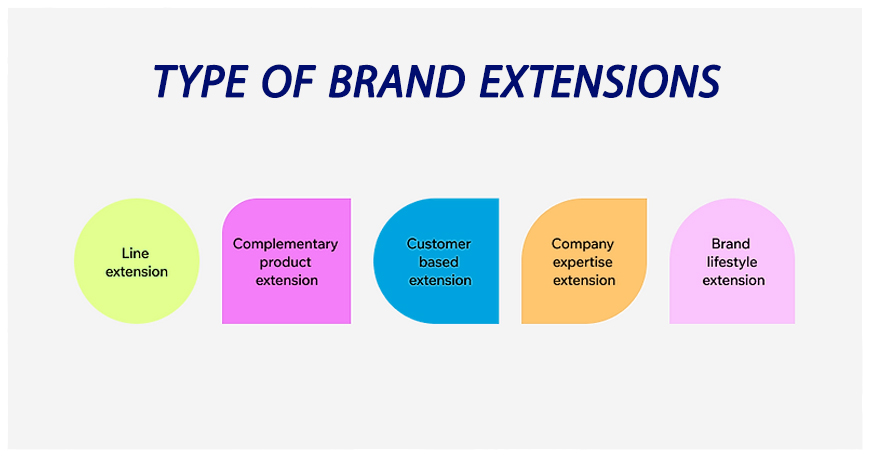
Brand Extensions: Expand your reach while staying true to your core identity. Strategically extending your brand into new product lines or markets can unlock new growth opportunities, but ensure each extension aligns with your overall brand vision and values.

Brand Name: This is your first introduction, the calling card that sparks curiosity and invites exploration. Also, choose a name that’s memorable, relevant to your brand values, and easy to pronounce.
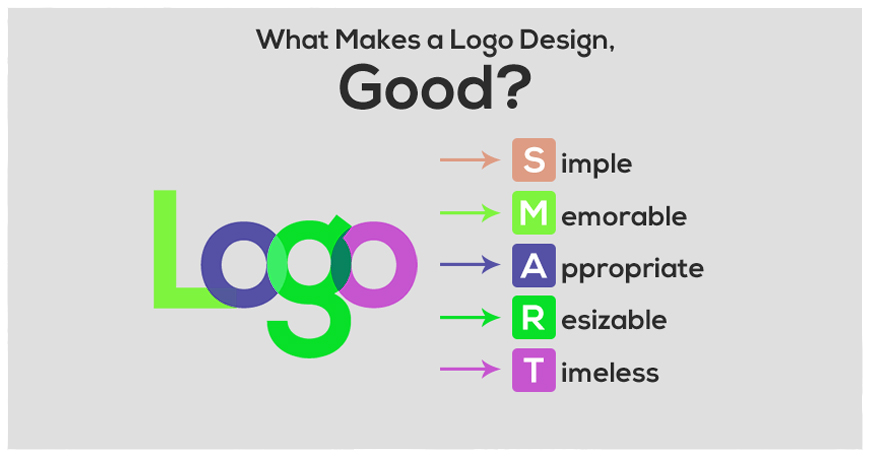
Logo: Consider your logo a visual shorthand for your brand essence. So, it should be instantly recognizable, evoke the right emotions, and be adaptable across different platforms.
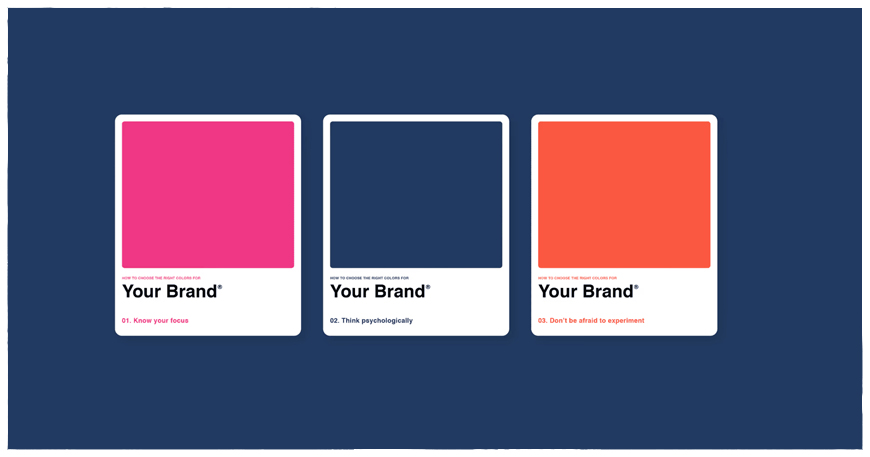
Color Palette: Colors are powerful emotional triggers. Choose a palette that aligns with your brand personality and resonates with your target audience. However, warm and vibrant colors exude excitement and energy, while cool and muted tones convey sophistication and calmness.
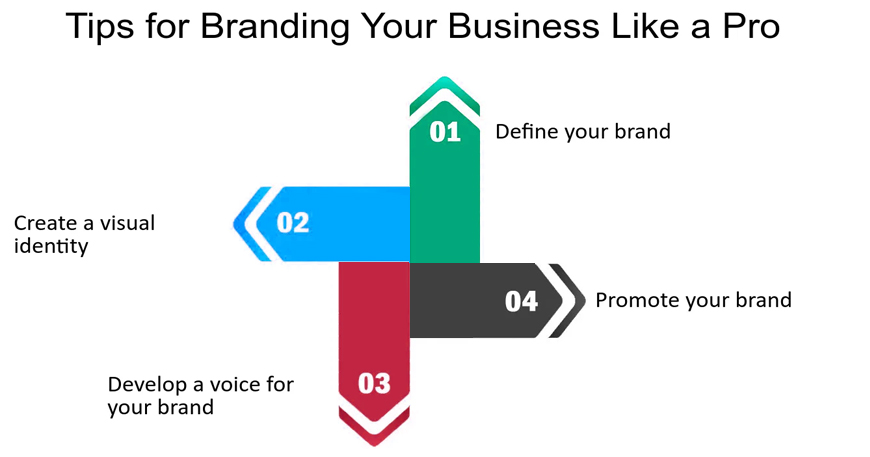
Pro Tip: Don’t underestimate the power of storytelling! Weave your Brand Foundations into a compelling narrative that resonates with your audience. Show them how your vision can make a difference in their lives. Now that your roots are firmly planted, it’s time to blossom with visual and verbal elements that bring your brand story to life. This is where Brand Expression takes center stage, turning your intangible foundations into tangible experiences for your audience.
![]()
Iconography and Imagery: These visual elements add depth and dimension to your brand story. Consider using unique icons, illustrations, or photography that complement your message and visually communicate your brand values. So, remember: Consistency is key! Use your Brand Elements consistently across all touchpoints – website, social media, packaging, and marketing materials – to create a unified and memorable brand experience.
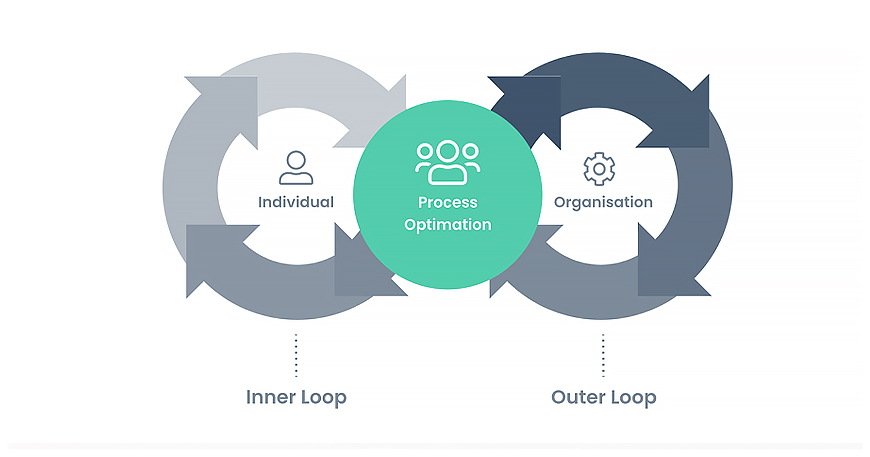
Feedback Mechanisms: Listen to your audience and adapt. Establishing clear channels for customer feedback allows you to continuously improve your brand experience and stay relevant to evolving needs and preferences. Think surveys, social media engagement, and dedicated customer support channels.
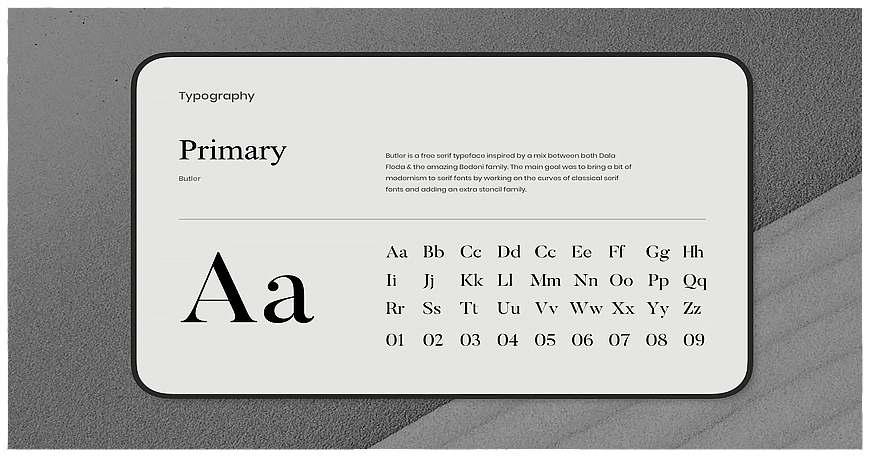
Typography: Fonts are not just letters; they’re personality drivers. Opt for readable, yet distinctive fonts that reflect your brand’s unique character. Playful scripts for a whimsical brand, bold serifs for a traditional one, or modern sans-serifs for a tech-savvy vibe.
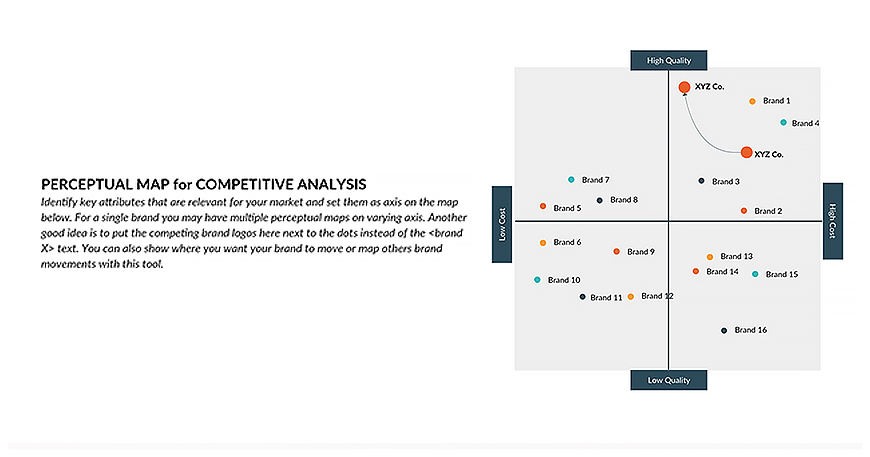
Competitive Analysis: Know your landscape. Understanding your competitors’ strengths and weaknesses allows you to identify opportunities for differentiation and refine your brand strategy. Analyze their messaging, visuals, and target audience to gain valuable insights.
How will these branding elements Help?
All of these elements work together to form a unified brand strategy. Moreover, when properly implemented, they aid in creating a recognizable brand that has a lasting impact on its target market.
We know, we know.
It’s a LOT.
But, by understanding these branding points for marketing outlined in your brand guidebook, you’ll ensure that you keep your brand consistent across all platforms and start building the brand recognition and customer loyalty you need to succeed!
Forget the copy-paste blandness! 2024 craves brands with bite, not cookie-cutter identities. At Tensor Solutions, we don’t just understand brand elements. We sculpt them into fireballs that scorch the ordinary.
Whether you’re a startup supernova or a rebranding behemoth, our dedicated Creative Director becomes your co-pilot. Together, we’ll blast through blandness, unearthing your true brand DNA and crafting a style guide that rocks across all platforms.
Is your brand ready to launch into a galaxy of fans? Let’s ignite your identity and blast you out of the competition. Talk Tensor, talk tomorrow.
FAQs for Branding Elements
What is brand-element marketing?
Brand elements in marketing are similar to a brand’s one-of-a-kind toolkit for leaving a lasting impression. These include logos, colors, and design styles that make a brand recognizable. Moreover, consider Nike’s swoosh, which is a brand element. They assist businesses in standing out and connecting with their customers. In simple terms, brand elements in marketing are the distinct ingredients that make a brand memorable and distinct in the eyes of consumers.
What are the branding strategy elements?
The critical elements of a branding strategy are the essential building blocks that define how a brand stands out. These include the brand’s purpose, promise, and distinct market positioning. Also, elements such as visual identity, a consistent brand voice, and understanding the target audience are critical. So, developing a successful branding strategy entails crafting a cohesive story that resonates with customers and distinguishes the brand.
What are the different aspects of branding?
The various aspects of branding encompass the entire identity of a brand. This includes the organization’s mission, personality, and visual elements such as logos and colours. Targeting the right audience, maintaining a consistent brand voice, and delivering a memorable brand experience is critical. Branding is developing a distinct and recognizable identity that connects with customers on multiple levels, from values to visual appeal.
Final Words: Branding Elements
2024 demands brands that explode in technicolor! This guide isn’t your typical snoozefest; it’s your rocket fuel to launch a brand so unforgettable it leaves glitter on the internet. Think storytelling that sends shivers down spines, visuals that hijack eyeballs, and customer loyalty that’s stickier than bubblegum dipped in honey.
Your brand isn’t just a logo. It’s a living, breathing rockstar: loud, proud, and built on purpose and epic experiences. So, grab these elements like backstage passes, craft a narrative that makes them scream your name, and let your brand dominate the stage. Leave an indelible mark, not just a fleeting encore. Ready to turn your brand into a legend? Let’s rock together at Tensor Solution!








